公司规模
Large Corporate
地区
- America
国家
- Canada
- United States
产品
- JDA Warehouse Management
技术栈
- Warehouse Management System
实施规模
- Enterprise-wide Deployment
影响指标
- Productivity Improvements
- Cost Savings
技术
- 功能应用 - 仓库管理系统 (WMS)
适用行业
- 食品与饮料
适用功能
- 仓库和库存管理
用例
- 库存管理
- 仓库自动化
服务
- 系统集成
- 软件设计与工程服务
关于客户
Dot Foods 是美国第一家也是最大的食品行业分销商,以零担 (LTL) 数量向全美 50 个州和 25 个国家的分销商提供 118,000 种产品。这家私营的 66 亿美元分销商从 830 多家制造商处购买整车产品,并将其产品整合到全国 10 个配送中心 (DC)。然后,该公司每周将这些产品以零担数量转售给分销商。Dot Foods 以其创新的解决方案和对共同增长的关注而闻名,并利用技术为其客户和整个组织创造价值。
挑战
Dot Foods 是美国第一家也是最大的食品行业分销商,在管理业务增长方面面临挑战,其业务量每五年翻一番。该公司在定制化、新渠道和遵守法规方面苦苦挣扎,同时试图在整个企业中利用技术来降低成本。该公司一直在使用的仓库管理系统 (WMS) 已接近使用寿命,需要一个新的 WMS 平台作为其所有未来供应链计划的基础。
解决方案
Dot Foods 之所以选择 JDA 仓库管理,是因为其整体功能和适应能力出色,它是 JDA Software 的 Intelligent Fulfillment™ 解决方案的一部分。该公司选择 JDA 咨询合作伙伴 Accelogix 在其配送中心站点部署 JDA 仓库管理。该项目采用敏捷实施方法,建立并实现短期里程碑,以确保任务 100% 完成并正常运行,同时允许项目团队在需要时在项目中期进行调整。伊利诺伊州大学公园和加拿大多伦多和卡尔加里的前三个站点已提前成功部署,且低于预算。
运营影响
数量效益

Case Study missing?
Start adding your own!
Register with your work email and create a new case study profile for your business.
相关案例.

Case Study
The Kellogg Company
Kellogg keeps a close eye on its trade spend, analyzing large volumes of data and running complex simulations to predict which promotional activities will be the most effective. Kellogg needed to decrease the trade spend but its traditional relational database on premises could not keep up with the pace of demand.
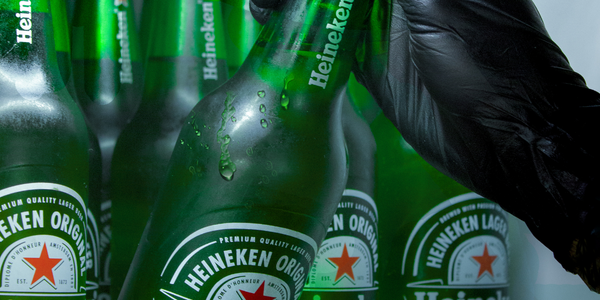
Case Study
HEINEKEN Uses the Cloud to Reach 10.5 Million Consumers
For 2012 campaign, the Bond promotion, it planned to launch the campaign at the same time everywhere on the planet. That created unprecedented challenges for HEINEKEN—nowhere more so than in its technology operation. The primary digital content for the campaign was a 100-megabyte movie that had to play flawlessly for millions of viewers worldwide. After all, Bond never fails. No one was going to tolerate a technology failure that might bruise his brand.Previously, HEINEKEN had supported digital media at its outsourced datacenter. But that datacenter lacked the computing resources HEINEKEN needed, and building them—especially to support peak traffic that would total millions of simultaneous hits—would have been both time-consuming and expensive. Nor would it have provided the geographic reach that HEINEKEN needed to minimize latency worldwide.
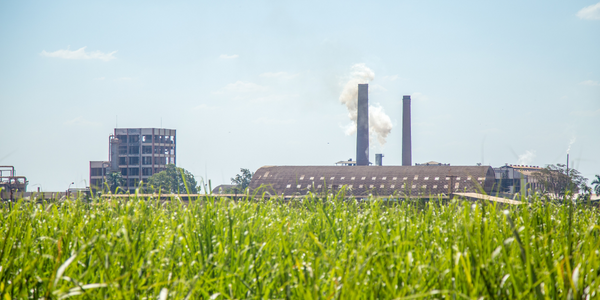
Case Study
Energy Management System at Sugar Industry
The company wanted to use the information from the system to claim under the renewable energy certificate scheme. The benefit to the company under the renewable energy certificates is Rs 75 million a year. To enable the above, an end-to-end solution for load monitoring, consumption monitoring, online data monitoring, automatic meter data acquisition which can be exported to SAP and other applications is required.
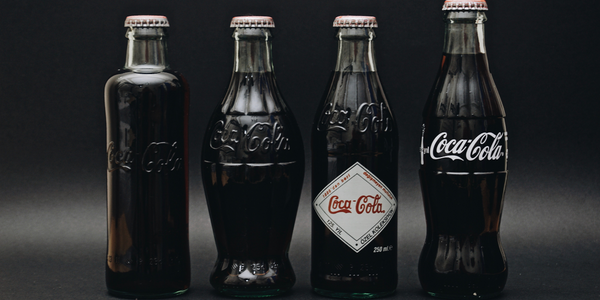
Case Study
Coca Cola Swaziland Conco Case Study
Coco Cola Swaziland, South Africa would like to find a solution that would enable the following results: - Reduce energy consumption by 20% in one year. - Formulate a series of strategic initiatives that would enlist the commitment of corporate management and create employee awareness while helping meet departmental targets and investing in tools that assist with energy management. - Formulate a series of tactical initiatives that would optimize energy usage on the shop floor. These would include charging forklifts and running cold rooms only during off-peak periods, running the dust extractors only during working hours and basing lights and air-conditioning on someone’s presence. - Increase visibility into the factory and other processes. - Enable limited, non-intrusive control functions for certain processes.
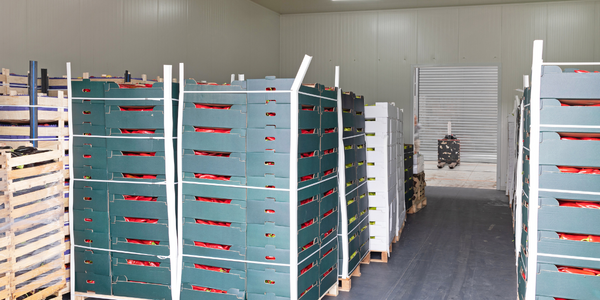
Case Study
Temperature Monitoring for Restaurant Food Storage
When it came to implementing a solution, Mr. Nesbitt had an idea of what functionality that he wanted. Although not mandated by Health Canada, Mr. Nesbitt wanted to ensure quality control issues met the highest possible standards as part of his commitment to top-of-class food services. This wish list included an easy-to use temperature-monitoring system that could provide a visible display of the temperatures of all of his refrigerators and freezers, including historical information so that he could review the performance of his equipment. It also had to provide alert notification (but email alerts and SMS text message alerts) to alert key staff in the event that a cooling system was exceeding pre-set warning limits.
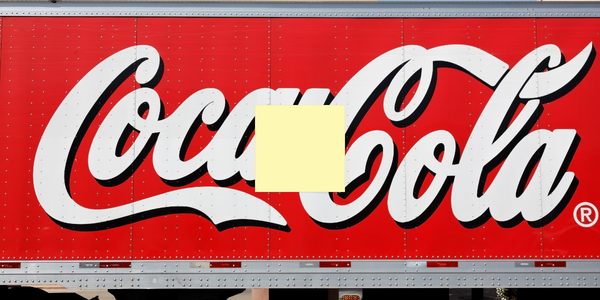
Case Study
Coca-Cola Refreshments, U.S.
Coca-Cola Refreshments owns and manages Coca-Cola branded refrigerators in retail establishments. Legacy systems were used to locate equipment information by logging onto multiple servers which took up to 8 hours to update information on 30-40 units. The company had no overall visibility into equipment status or maintenance history.







